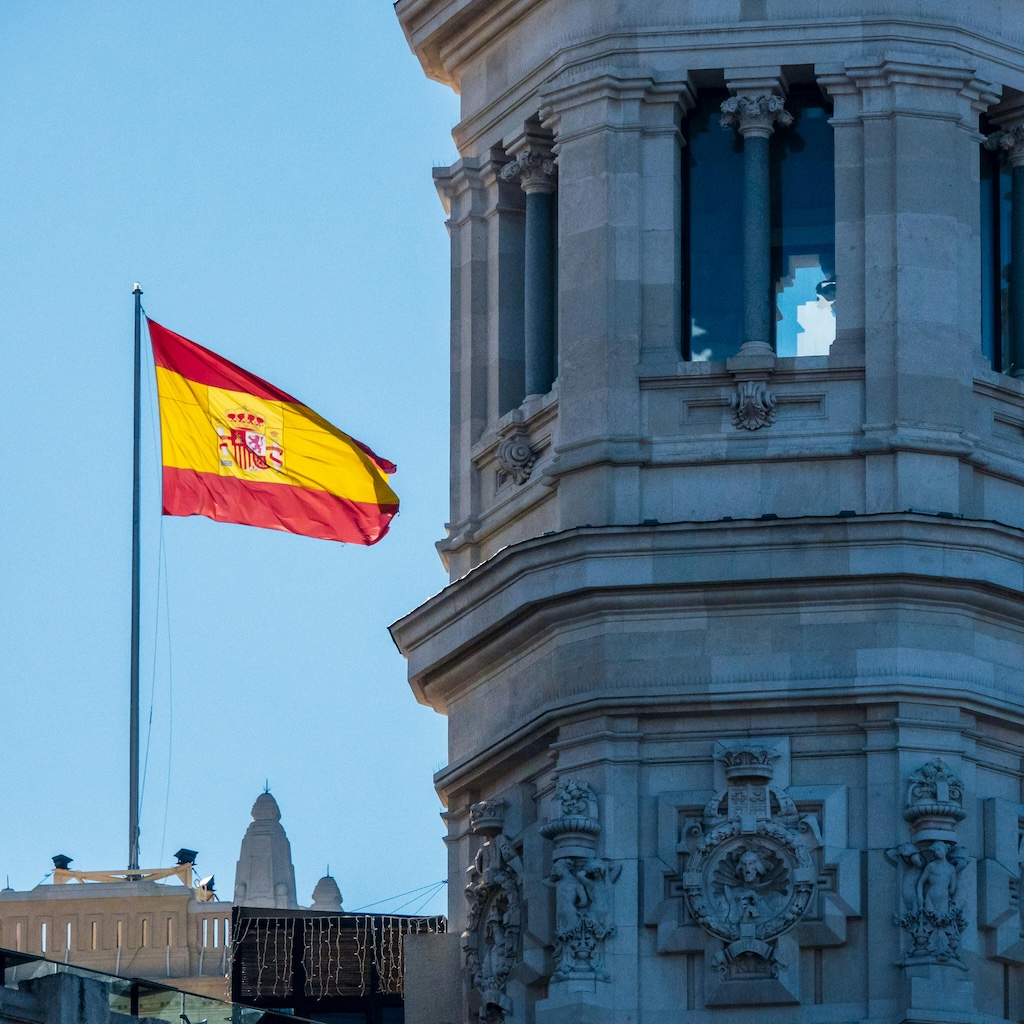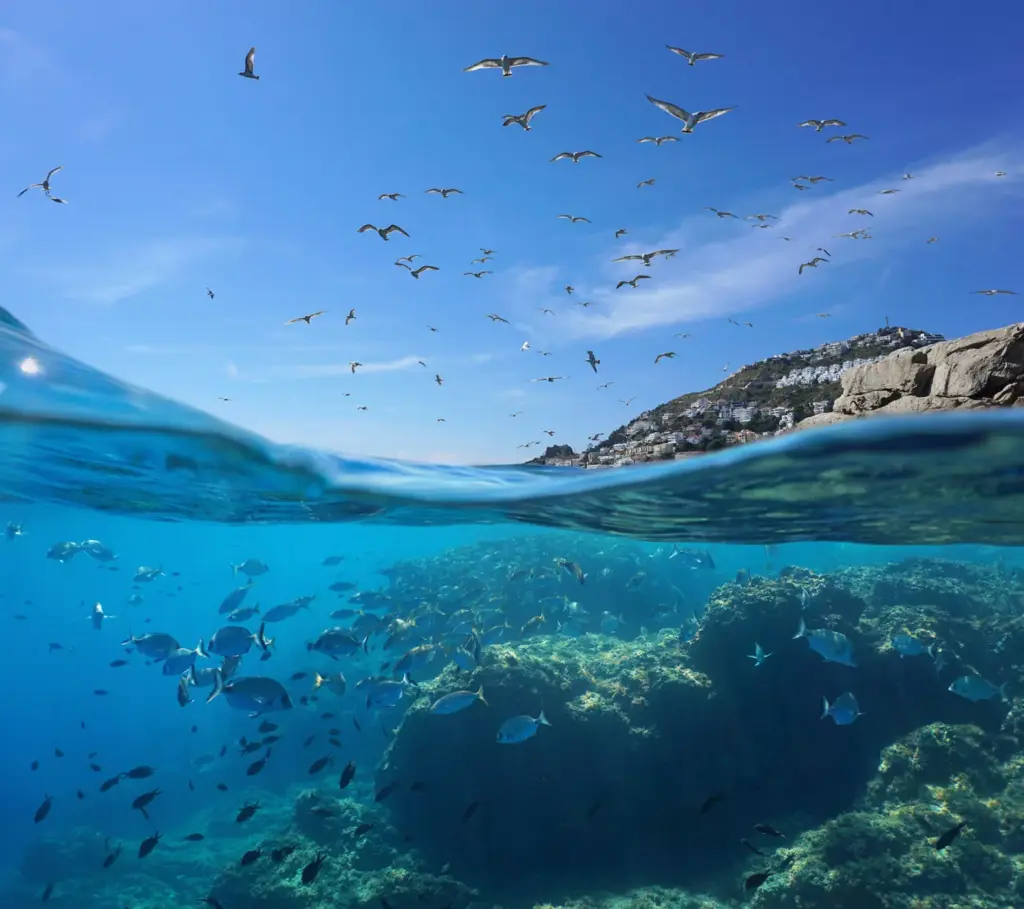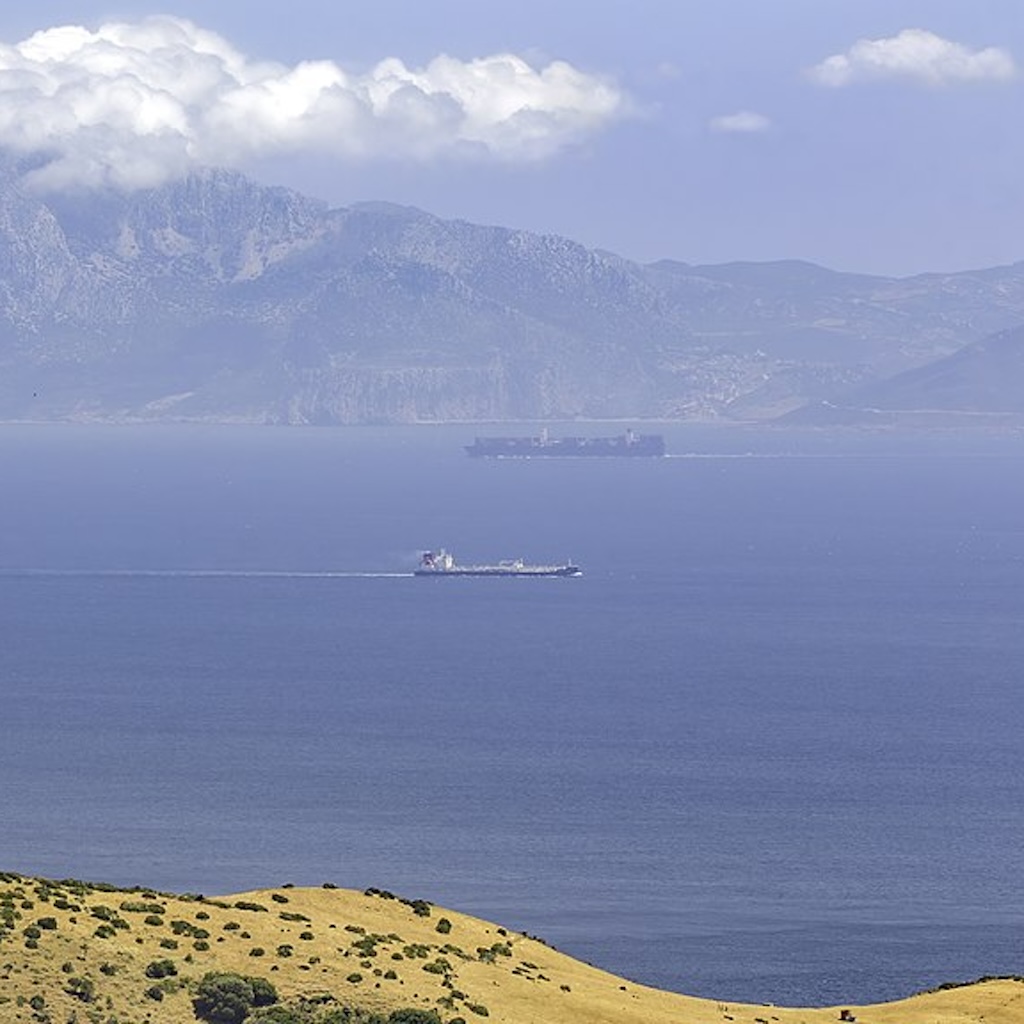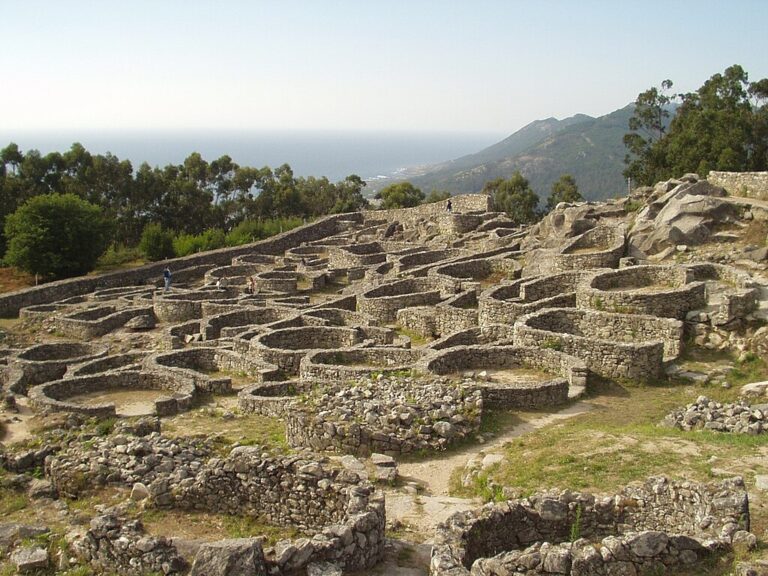Sorry, no records were found. Please adjust your search criteria and try again.
Sorry, unable to load the Maps API.
Spain sailing itinerary
Map of the best ports and anchorages
Read the notes and warnings from sailors who have stopped in Spain and always choose the best port or anchorage for the night. If you found this map useful you can also leave a review, share your best photos of Spain, or add a new spot you discovered.
Best anchorages in Spain
(Add an anchorage)Always choose the safest spot with a live ranking of your favorite anchorages in Spain. Try zooming in to avoid seaweed fields, then tick to start your list of favourites.
-
The cove tends to get busy during the day, especially with tourist boats and ferries, but it quiets … Read more about this listing
-
The bay is sheltered from the north to southwest, but do be prepared for a bit of roll from the swel… Read more about this listing
-
One of the standout features of Bassa Nova is its crystal-clear waters, perfect for a refreshing swi… Read more about this listing
-
The anchorage features a sandy and rocky seabed, so it’s best to anchor in the sandier areas for a s… Read more about this listing
Best ports and marinas in Spain
(Add a port)Find a berth for the night with a live ranking of your favorite harbors in Spain, keeping an eye on the tide and weather forecast. You can also participate by sharing a missing phone number or VHF channel when possible.
-
Had a great time here! The location is perfect—just a short walk to the town with plenty of bars and… Read more about this listing
-
I loved the welcoming atmosphere and enjoyed the pool, while also finding the nearby town charming a… Read more about this listing
-
Established in 1883, it’s one of the oldest nautical clubs in Spain, boasting a deep-rooted maritime… Read more about this listing
-
Well-organized and impressive amenities, including a beautiful saltwater pool and clean facilities. … Read more about this listing
Best time to sail in Spain
The best season to sail in Spain is typically late spring to early autumn, from May to September.
May and June are fantastic months, as the weather is warm but not excessively hot, with temperatures ranging from the mid-70s to low 80s Fahrenheit (around 24-28°C). The winds are generally stable and this period sees fewer tourists.
July and August can be quite hot, with temperatures soaring into the 90s Fahrenheit (over 32°C) in many regions, especially in southern parts of Spain. These months attract a lot of tourists, popular destinations can be crowded, but it’s also when you can enjoy most festivals and nightlife.
September and October marks a transition back to more pleasant temperatures, ideal for sailing. The summer crowds diminish and the sea remains warmer compared to spring.
Currency
EURVoltage
220VWater potability
Variable
Arrival Formalities
Clearance
European vessels with only European nationals on board don’t need to take any action. Non-EU vessels and/or non-European nationals must report to Customs immediately upon arrival at the port of entry.
Visa & Immigration
Spain Visa Application Centres
Other ressources
Noonsite.com maintains an updated worldwide database of formalities for pleasure crafts. Click here for more details.Sailing holidays
Sailing in Spain is an incredible way to explore the country from a different angle, away from the crowded tourist areas. Spain is famous for its colourful seaside villages, but seeing them from the water makes the landscape feel even more dramatic, before anchoring in these small bays that the crowds never seem to reach.
Yacht charter
A charter is renting a boat with a captain, and occasionally a chef or steward, so you don’t need any sailing experience. The captain is familiar with the local waters and can take you to secluded coves that are off the beaten path. Catamarans are often favored for their wide, stable platforms and roomy living areas, making them ideal for families or groups of friends. If you’re not traveling with a large group, you can also opt to join a charter with other guests.
Boat rental
The feeling of independence and the ability to escape the beaten path make a bareboat rental a truly liberating experience. You will have the flexibility to chart your own course, discover secluded bays, and avoid crowded tourist spots. You’ll need to know how to sail, as you’re responsible for navigation and anchoring. This option is ideal for those who value privacy, full control, and a hands-on sailing experience.
Are you interested in a charter or boat rental?
Answer a few questions to get a free boat selection in WhatsApp within 10 minutes
Sailing conditions in Spain
Spain’s coastline, stretching from the Atlantic to the Mediterranean shores, features two distinct wind systems. The Atlantic coast is known for its cooler climate and rich marine ecosystems, while the Mediterranean coast enjoys a warmer, drier climate. Several local factors that influence the wind system, currents, and weather surrounding Spain:
Atmospheric pressure systems: The Azores High and the Icelandic Low pressure systems, along with their seasonal shifts, greatly influence the region’s climate and winds.
Regional climate factors: The Sahara’s heat, European cold fronts, and regional wind systems collectively contribute to the area’s complex weather phenomena.
Thermohaline circulation: Variations in temperature and salinity between the Mediterranean and Atlantic waters create ocean currents that influence regional climate patterns.
Prevailing winds of the Balearic Sea
Mistral (Maestral)
Originating from the north, the Mistral is a strong, cold wind that sweeps down the Rhone Valley into the Mediterranean. Known for its gusty nature, it can reach speeds of up to 90 km/h (56 mph).
Sirocco
The Sirocco is a warm, dry wind that originates from the Sahara Desert, bringing with it dusty air. This wind typically appears in the spring and summer months, creating humid conditions and hazy skies.
Tramontana
This northern wind flows down from the mountains of northern Italy, over the Ligurian Sea. The Tramontana is characterised by its dry, cool air and is often associated with clear skies. It typically blows during the winter months.
Levante
Originating from the east, the Levante is a humid wind that brings moisture to the Western Mediterranean. This wind can be gentle or strong and is known for its tendency to cause cloudy weather and occasional rain.
Prevailing winds of the Atlantic coast
Alisios (Trade winds)
These winds are consistent and blow from the northeast, starting from the longitude of the Canary Islands. They typically occur year-round.
Poniente
This wind blows from the west, originating over the Atlantic Ocean with it mild, moist air. The Poniente is most noticeable during the summer months, often bringing some cloud cover leading to cooler temperatures.
Nordeste
This wind flows in from the northeast, and while it is less consistent than the trade winds, it can be quite strong at times. The Nordeste can bring cooler air and breezy conditions, particularly in the autumn and winter months.
Levante
Originating from the east, the Levante is a humid wind that brings moisture to the Atlantic coast. This wind can be gentle or strong and is known for its tendency to cause cloudy weather and occasional rain.

Currents in the Gibraltar Strait
Variations in temperature and salinity between the Mediterranean and Atlantic waters create a strong current that originates in the Strait of Gibraltar. The denser, more saline Mediterranean water forms a distinct outflow layer, sinking as it exits through the Strait. This creates a compensatory influx of Atlantic water and the formation of an eastward surface current.
A brief maritime history of Spain
Long before the Romans set foot on the Iberian Peninsula, it was inhabited by diverse groups, including the Iberians and Celts, who left their marks in the form of ancient stone structures and burial sites. The early Iberians, skilled in agriculture and trade, thrived in the fertile lands, establishing communities that showcased their unique artistry and craftsmanship.

The Phoenicians arrived around the 9th century BCE, drawn by the promise of rich resources like silver and tin. They founded trading colonies, such as Gadir (modern Cádiz), which became a vibrant commercial hub. The Phoenician influence is still evident in the coastal towns, where remnants of their architecture and maritime culture linger.
Around the 3rd century BCE, the Carthaginians, descendants of the Phoenicians, took control of many coastal areas. Their military prowess, particularly during the Punic Wars against Rome, highlighted the strategic importance of the peninsula. As the dust of war settled, the Romans began their conquest in 218 BCE, and soon, Hispania became a vital part of the Roman Empire. The Roman impact was profound, with roads, aqueducts, and cities like Tarraco (Tarragona) flourishing under their rule.
As the Roman Empire began to wane, the Visigoths swept in during the 5th century CE, establishing their own kingdom and leaving behind traces of their governance and culture. This era, though brief, set the stage for the arrival of the Moors in the 8th century, who ushered in a golden age of cultural and scientific advancements. The stunning Alhambra in Granada stands as a symbol of this remarkable period, showcasing intricate architecture that blends Islamic art with local influences.
The coexistence of Muslims, Christians, and Jews in medieval Spain led to a cultural flourishing, giving rise to renowned philosophers, poets, and scientists. It was here that scholars translated Greek and Arabic texts, preserving knowledge that would later fuel the Renaissance across Europe.



















